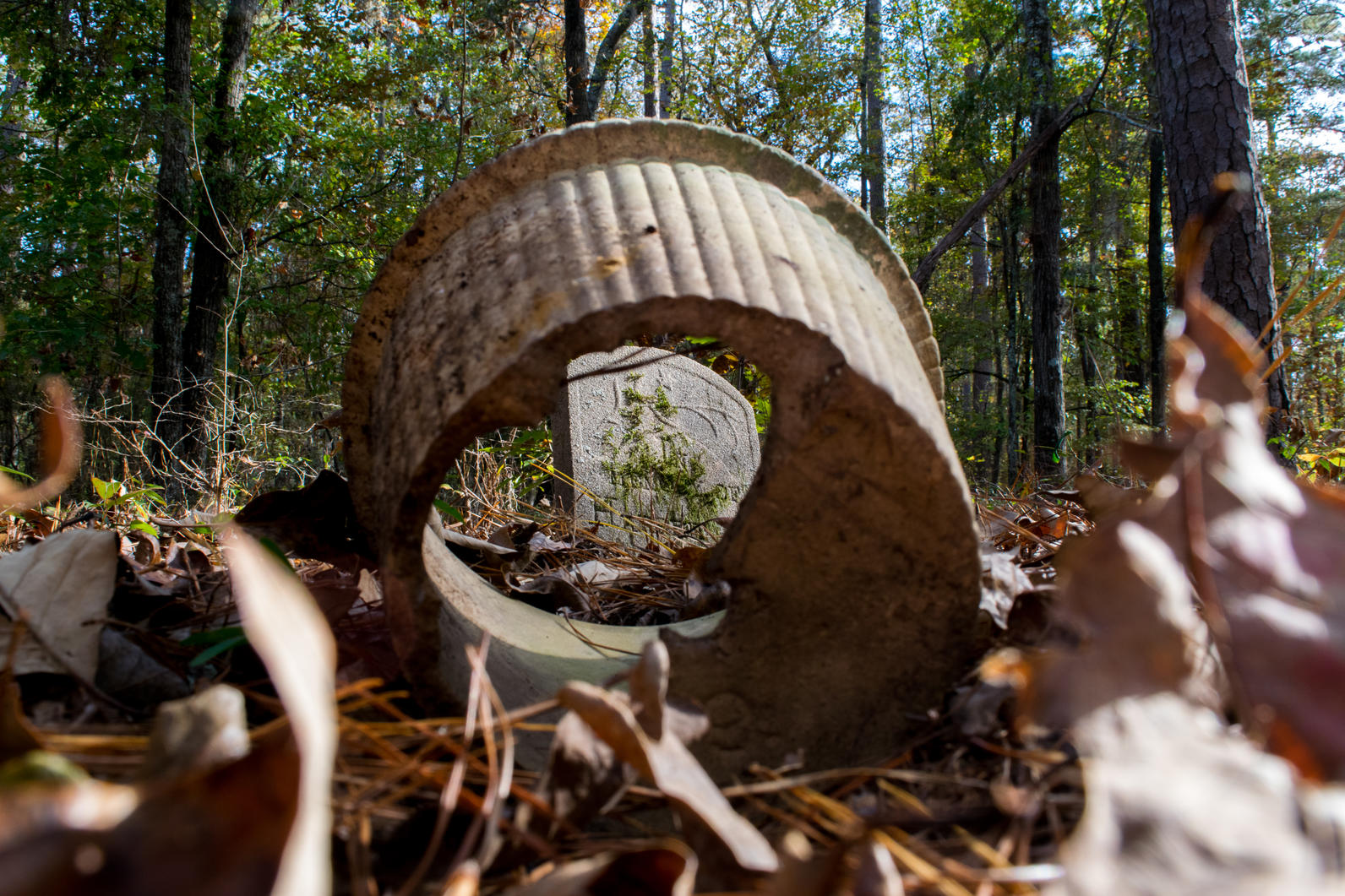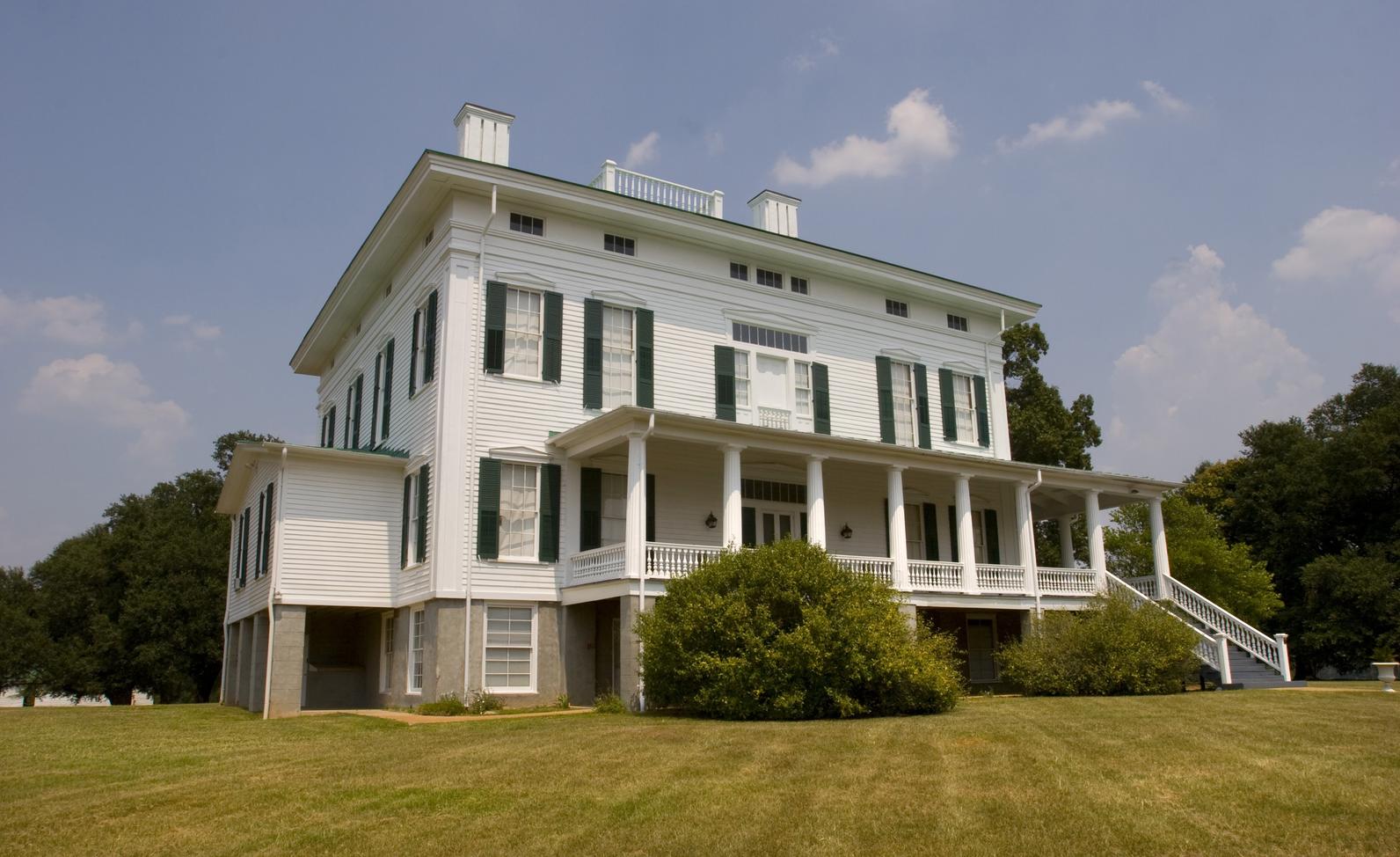History

Underneath Silver Bluff lies layer upon layer of archaeological treasures. In almost every period of American history, something interesting happened here. Silver Bluff was:
- Named, some say, after the Spanish search for silver. Spanish Conquistador Hernando deSoto explored the property in 1540.
- The site of extensive Native American earthworks. Naturalist William Bartram, visiting in 1776, called Silver Bluff a “very celebrated place” that included conical mounds, terraces, and fortifications.
- A trading post for Native Americans before the Revolutionary War. The proprietor, George Galphin, later became a war hero by convincing the Creek Nation and other Native Americans in the Southeast not to aid the British. British soldiers marched to Silver Bluff twice to murder Galphin, but resistance from his Patriot and Native American allies saved the day.
- A British fort in the Revolutionary War that was captured by the Patriots in 1781. Supplies stockpiled at the fort fueled a successful siege of Augusta, which fell to the Patriots two weeks later.
- The original site of one of the oldest African-American churches in the United States. The Silver Bluff Baptist Church was established in 1773, and may have met informally as early as the 1750s. It was led initially by David George, an enslaved man and likely the first African-American pastor in America.
- Owned by South Carolina’s Governor, James Henry Hammond, who was also a U.S. Congressman and U.S. Senator. In the mid-1800s, Hammond kept extraordinarily detailed records of Silver Bluff’s buildings, horticulture, animals, and enslaved people, making archaeological sites from that period extremely valuable to historians.
- The site of the African-American Colvin Cemetery, with 250 probable gravesites of enslaved people and their descendants. Markers commemorate the Bowman, Goodwin, Hornsby, Shubrick, and Smith families, among others, with the most recent marker indicating a burial in 1922. Hammond’s detailed records of the enslaved community make this cemetery especially important for historians.
It’s unusual to find so much human activity across so many eras, with relatively little disturbance of this underground legacy. Add Hammond’s recordkeeping, and Silver Bluff is a gold mine for archaeologists.
Audubon South Carolina recently launched an effort to interpret Silver Bluff's history more effectively for visitors. Our partner in this work is the Redcliffe Plantation State Historic Site, just 11 miles from Silver Bluff.
Before the Civil War, Redcliffe and Silver Bluff were both owned by James Henry Hammond. It's well worth a trip to Redcliffe to learn more about this area's natural and cultural history from the historians who conduct Redcliffe's outstanding public tours.

How you can help, right now
Sanctuaries
Plan a trip to one of Audubon South Carolina's two wildlife sanctuaries in the state.




